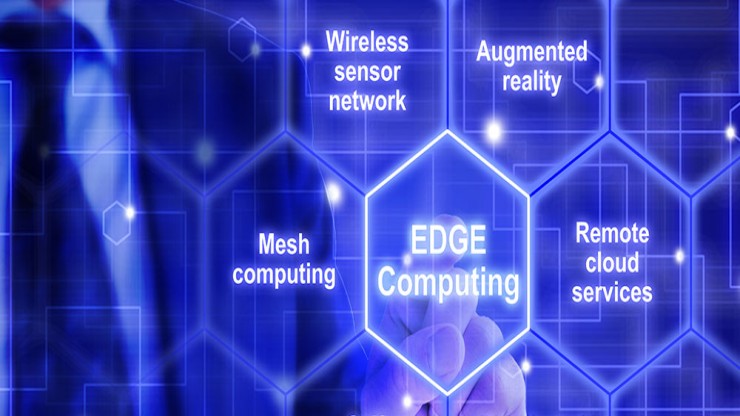
Edge and IoT both have garnered high amount of attention in recent years and gained massive popularity due to the extensive features. Within a short tenure, the combination of mighty duo have become the cynosure of all eyes. Edge in simple terms, can be considered as the add-on or the next level advancement of IoT. IoT connects countless devices through the Wi-Fi and enables them communicate among each other. Through Edge, the massive data that is being
generated by the IoT devices, need not traverse all the way to the cloud server for storage and analysis of data which not only consumes a lot of time but also becomes a hindrance for real-time analysis of information for prompt and timely analysis. According to the senior director of corporate strategic innovation at Cisco, Helder Antunes – “In most scenarios, the presumption that everything will be in the cloud with a strong and stable fat pipe between the cloud and the edge device – that’s just not realistic.”
It has been one of the most sought-after question of recent times that – what has made IoT and Edge an inseparable pair and why is it so important that they both remain as mighty duo? To get the answer, we need to delve deep into the data. According to the estimates presented by Cisco, there will be staggering 26 billion IoT devices by 2020. By that year, the market worth of IoT will reach $14.6 trillion. It can easily be guessed that, the massive amount of data that is
going to be generated by this huge number of connected devices, will cross the threshold limit of cloud capacity of storing and analyzing the information due to the limitation of network latency and limited bandwidth.
The importance of Edge:
Cisco, IBM, and Dell, the industry behemoths have coined the term known as Edge computing which is calling for a complete paradigm shift in the existing architecture process where information is completely sent or pushed to the cloud from edge. As per the modern scenario, the information can be processed and analyzed at the edge as well resulting in significant time
saving and fast and quick analysis. Compared to the previous time, there is a significant improvement regarding prompt response and fast analysis. With the hyper-speed and emergence of IoT devices, it is important that the load gets reduced from the cloud.
The reason behind the pair:
Edge and IoT seem like made for each other. In one aspect, IoT seems like taking the world by veritable storm by being the flagbearer for the Industry 4.0 revolution and connecting numerous devices which couldn’t even be thought earlier and Edge on the other hand bringing computing to the next level. The part of edge processing to date has for the most part been utilized to ingest,
store, channel, and send information to cloud frameworks. We are at a point in time, where there is a tectonic shift in the process and more computing and analysis can be done locally than completely relying on the cloud server.
Industry veterans have computed that several billions of associated things will produce huge volumes of information from unique sources. The guarantee of the revolution of Industrial Internet incorporates the noteworthy interest in the coming years. The consulting firm, McKinsey and Co., assesses that the Industrial Internet of Things (IIoT) will make $7.5T in esteem by 2025.
The Industrial IoT unites humans and machines intellect to bring the world closer than ever before.
With the application and incorporation of Big Data, Machine Learning, Advanced Analytics, industrials can lessen spontaneous downtime, enhance resource execution, bring down the cost of upkeep, and open up the potential for new plans of action for near future. In the course of recent years, modern associations have begun to join cloud into their activities to gather experiences from extensive volumes of information that are accomplishing key business
results including lessened spontaneous downtime, higher generation proficiency. The cloud still at the stage of infancy where the processing and analysis consume up a significant amount of time.
As storage and analysis capacity can be coupled up in small devices which will be close to the data source can bring phenomenal change in the whole process and procedure of modern computing and that's where the marriage will prove to be successful.